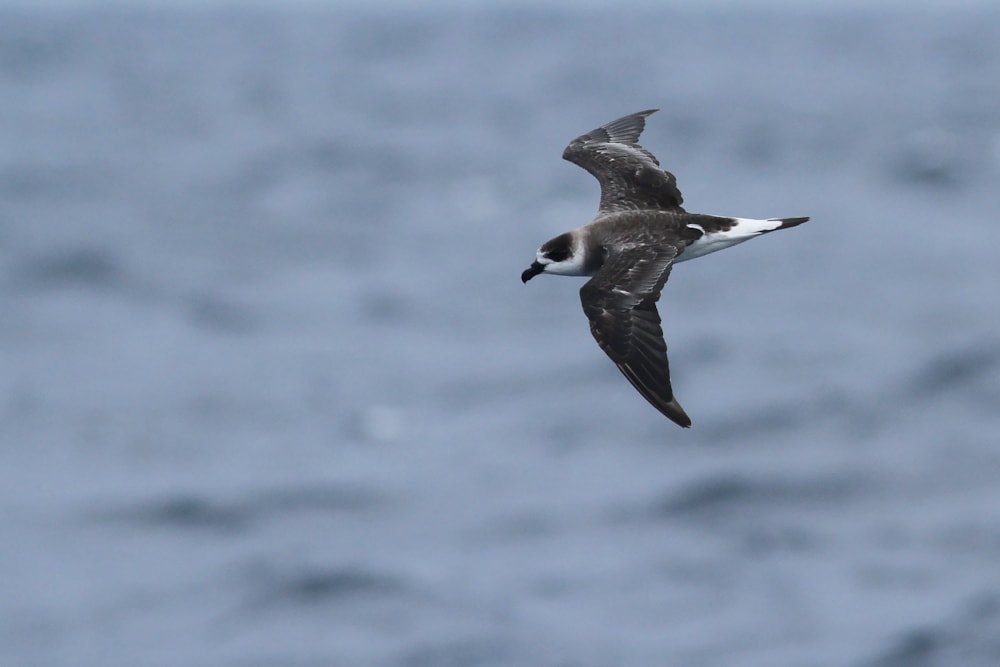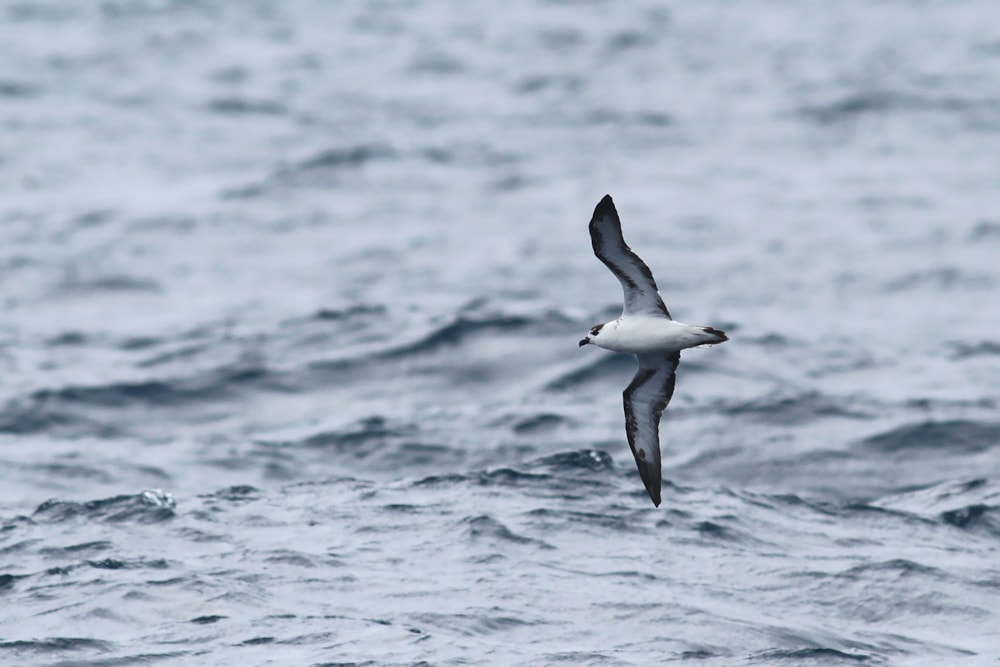Black-capped Petrels tagged in pioneering study
Satellite tags have been fitted to 10 Black-capped Petrels in the western North Atlantic this spring as part of an ambitious new project.
It is anticipated that the birds, which were all caught at sea in US waters off Cape Hatteras, North Carolina, will produce significant data with regards to where they go in their daily lives – and scientists are even hopeful of identifying new breeding grounds.

Ten Black-capped Petrels were tagged at sea off Cape Hatteras, North Carolina (Richard Bonser).
Black-capped Petrel was once an abundant breeding species on several Caribbean islands, but introduced predators and hunting reduced it perilously close to extinction. Nowadays, Hispaniola (Dominican Republic and Haiti) is the only island on which it is known to breed – though it is suspected also to nest on Dominica.
The species is routinely seen in the Gulf Stream off the Eastern Seaboard of the US, often in good numbers off Cape Hatteras, and its estimated global population stands at 1,500 pairs. However, scientists know of only about 50 nest sites, hence scientists have high hopes that the tagged birds will reveal some surprises.
Two forms of Black-capped Petrel exist: more specifically, some have dark faces, while the others have white faces. It is suspected that these two variations reflect the existence of two groups of the species that nest at different localities (this phenomenon is known from other seabird species). The team of scientists managed to catch and fit tags to petrels matching both phenotypes and they wait with anticipation if any variation in breeding location or overall behaviour is apparent.

Two forms of Black-capped Petrel exist: some have dark face while others, such as this bird, have white faces (Richard Bonser).
The tagging efforts took place some 30 miles off Cape Hatteras in May, which is towards the end of the petrels' breeding season (November-June). So far, all 10 birds have remained in the Gulf Stream some 1,000 miles north of the Caribbean islands, suggesting that the birds are not currently breeding – i.e they may have already fledged chicks, failed, or have simply not bred this year. The possibility of all being young birds is also realistic: Black-capped Petrel does not breed until it is at least four years old.
The tags, which are anticipated to last around six months, will allow the researchers to understand how Black-capped Petrel uses the western North Atlantic and potentially identify critical foraging areas. A previous tagging study on the species, which monitored nesting birds, found that breeding petrels around the Caribbean but also in areas of the Gulf of Mexico and off the coast of Venezuela. It's entirely possible that, should the tags continue to transmitter to their full potential, the researchers will find out exactly where the birds go to breed.
If a new nesting island is discovered, it will represent a major milestone in understanding and conserving the species.

